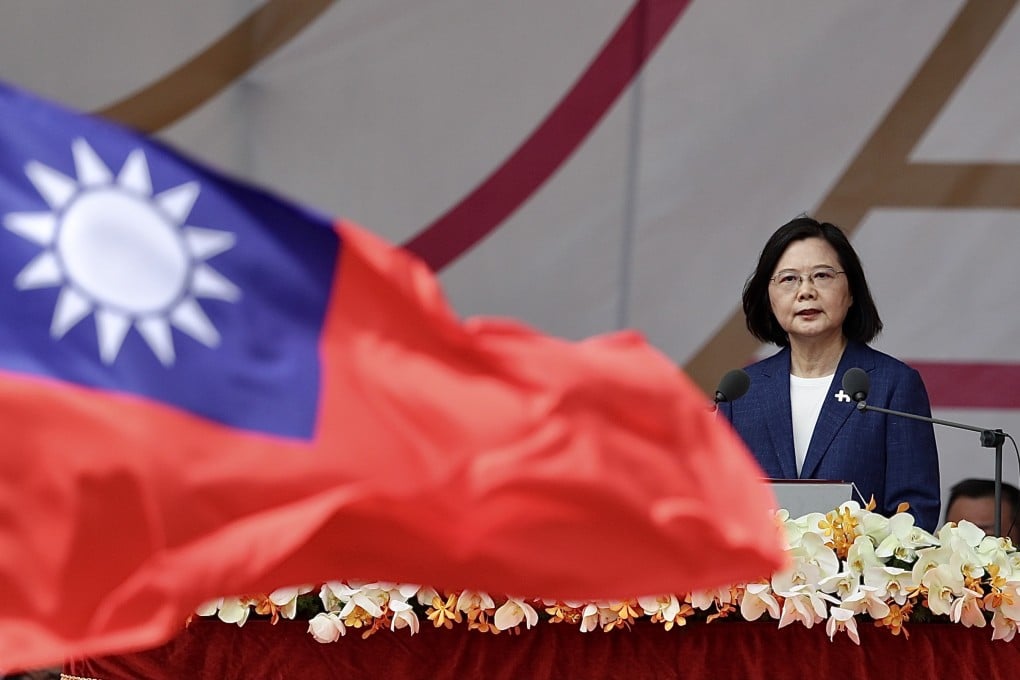Taiwan speeds up investment diversification away from mainland China amid cross-strait tensions
- Taiwanese investment in mainland China dropped by 14.5 per cent from a year earlier in the January-November period, with investment from mainland China down by 62.9 per cent
- Taiwan investment in Association of Southeast Asian Nations countries, Australia and New Zealand increased by 115.6 per cent in the first 11 months of the year

Taiwan has accelerated investment diversification away from mainland China, placing an emphasis on managing exposure to its largest export and investment destination amid ongoing cross-strait tensions and changes to the global supply chain.
Investment in mainland China dropped by 14.5 per cent from a year earlier to US$4.79 billion in the first 11 months of 2021, according to data from Taiwan’s Ministry of Economic Affairs.
Investment from mainland China dropped by 62.9 per cent year-on-year to US$46 million, taking the accumulated total since 2009 to US$2.46 billion, with the funds mainly focused on wholesale and retail, electronics and banking.
“It shows growing caution because of the mainland’s business environment changes, China-US trade tensions and technological war,” the economic affairs ministry said on Monday.
China has long viewed Taiwan as a breakaway province and has vowed to take control of the island, by force if necessary.
